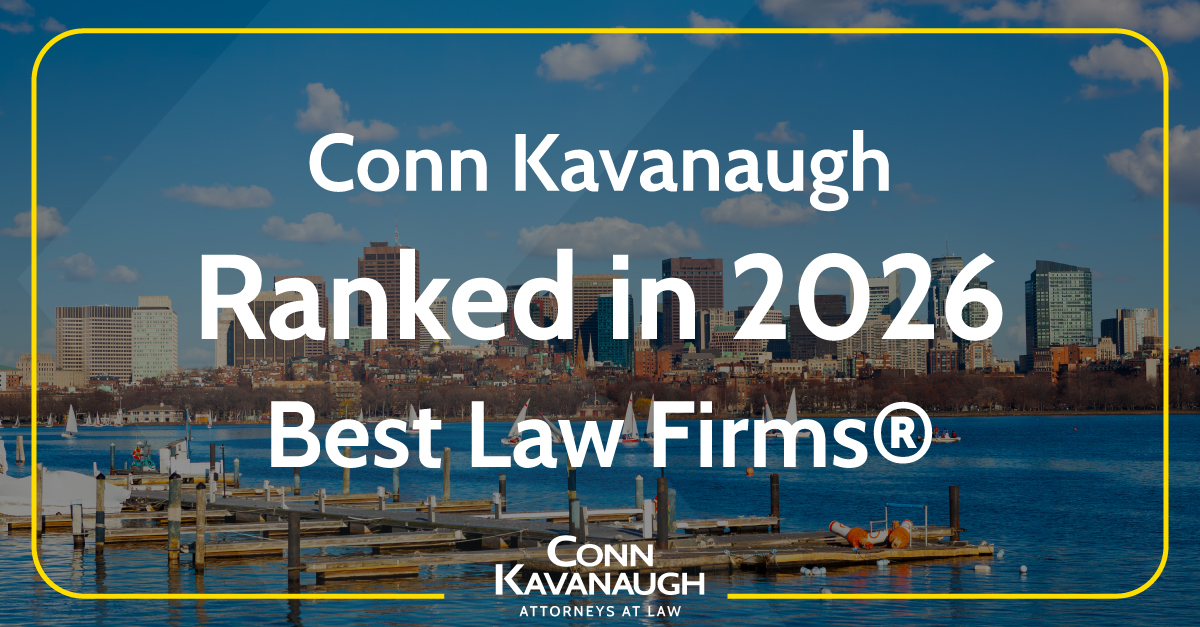Now that the Occupational Safety and Health Administration (OSHA) has released its emergency temporary standard requiring vaccination or weekly testing for large private employers (“ETS”), many employers are left wondering how to comply with both the ETS and federal contractor mandate. Both mandates were announced by President Biden on September 9, 2021. The Safer Federal Workforce Task Force released guidance on the mandate for federal contractors on September 24, 2021 (“Guidance”). OSHA’s ETS followed on November 5, 2021 for large private employers. Now, many large private employers that are also federal contractors must figure out how to ensure compliance with both mandates.
To help, we’ve put together a summary of some of the key similarities and differences between each mandate, as follows.
| Question | Private Employers | Federal Contractors |
| Who is Covered? | All private employers with 100 or more employees. | Federal contractors and subcontractors of all tiers. However, not all federal contracts are covered. The contract or “contract-like instrument” must be: (a) a procurement contract; (b) for services, construction, or a leasehold interest in real property; (c) for services governed by the Service Contract Act, 41 U.S.C. § 6701; (d) for concessions; (e) entered into in connection with federal property or lands and related to offering services to federal employees, their dependents, or the general public. The mandate does not apply to: (a) grants; (b) contracts with a value equal to or less than the “simplified acquisition threshold,” as defined in 48 C.F.R. § 2.101; (c) employees who work outside of the United States; (d) subcontracts solely for the provision of products; or (e) certain contracts with Indian Tribes. |
| Vaccination & Testing | All employees must be vaccinated, or weekly testing must begin, by January 4, 2022, unless legally entitled to an accommodation for a disability or religious belief. Employers must comply with all other aspects of the ETS by December 5, 2021. | All employees must be vaccinated by January 4, 2022, unless legally entitled to an accommodation. (The original deadline was December 8, 2021, but the ETS extended it.) Testing is not an alternative to vaccination, although it may be considered as a accommodation. Contractors must include this requirement in a “flow-down” clause in lower tier subcontracts that instructs subcontractors to comply with the Guidance. |
| Face Coverings | Face coverings must be worn by unvaccinated individuals in the workplace when indoors, with limited exceptions (alone in room, eating or drinking, etc.). | Same. Masks also must be worn by unvaccinated individuals in crowded outdoor settings. Vaccinated individuals must wear masks indoors in areas with high transmission rates. Employers must check transmission rates at least weekly and cannot relax protocols until transmission rates have been low for two weeks. |
| Social Distancing | Not required by the ETS, but may be required under other applicable law. | Unvaccinated individuals must socially distance – i.e., maintain a distance of at least six feet from others. |
| Remote & Outdoor Workers | Does not apply, provided that the worker is fully remote or works exclusively outdoors. Workers who occasionally come to an indoor workplace must get tested within 7 days prior to entry and provide proof of the negative result before returning to the workplace. | Remote workers must be vaccinated. The mask and social distancing requirements apply outdoors, but not to a remote worker’s home. |
| Recordkeeping | Employers must keep a roster of who is vaccinated, collect proof of vaccination, and track test results (if that is an option). Proof of vaccination may include copies of vaccination cards, immunization records from a healthcare provider, or other documents with specific information. If the employee is unable to provide this proof, a signed attestation may be acceptable. | Same, except test results do not apply. Additionally, an attestation is not an acceptable form of proof of vaccination. |
| Additional Employer Responsibilities | The ETS requires reporting of workplace-related COVID deaths and hospitalizations to OSHA, deadlines for responding to requests for information, and various other requirements, as we previously reported. | Employers must designate one or more individuals to coordinate implementation of the safety protocols in the Guidance. The Guidance also contains similar notification requirements to employees. |
Large private employers with federal contracts must comply with both the ETS and Guidance. This maze of mandates presents another pressing concern for already overburdened HR departments. The above summary should provide a useful resource for these employers working to ensure compliance with both mandates.
Employers with questions about the ETS or any other employment laws should contact one of Conn Kavanaugh’s experienced employment lawyers.
Share with your network:




